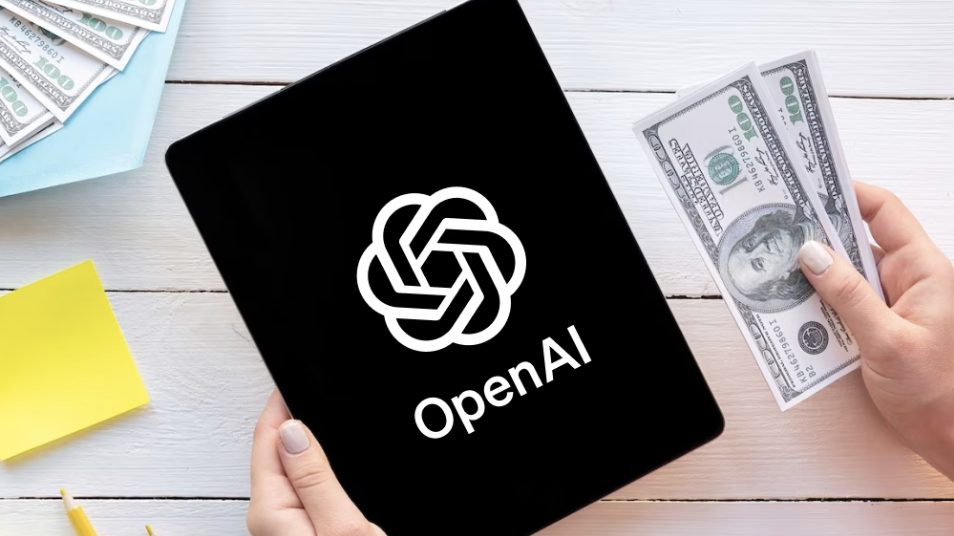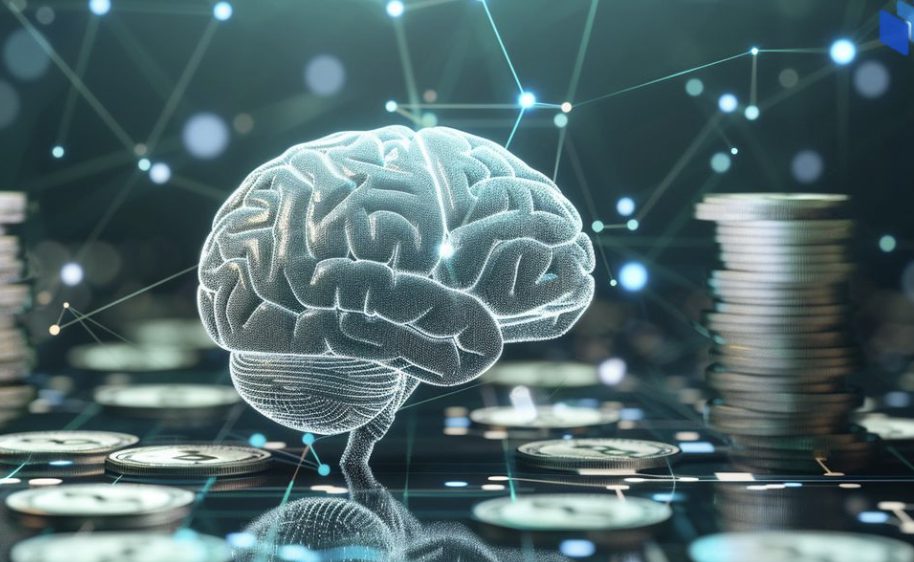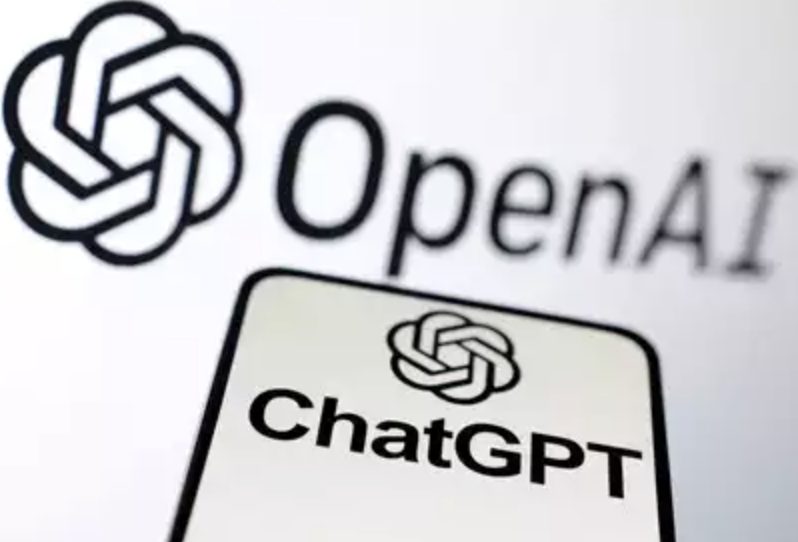How Does OpenAI Make Money?
Your guide: How Does OpenAI Make Money?
Renowned artificial intelligence research firm, OpenAI, has drawn global notice with its innovative generative AI developments. From the amazing ChatGPT-3 to the adaptable DALL-E picture generator, OpenAI has constantly stretched the envelope of what’s possible in artificial intelligence.
One of the main concerns, though, given that OpenAI is a private company, is: How Does OpenAI Make Money?” So, if you’ve ever wondered this, you’re in luck. Today we’ll cover this and more.
Keep reading to find out more.
Also read: BRICS: United States Admits Sanctions Are Crushing The Dollar

OpenAI’s founding and early days
Elon Musk, Sam Altman, and Greg Brockman among other well-known tech industry executives started OpenAI in 2015. Originally, the company’s goal was to make sure that a few big tech behemoths would not monopolize artificial intelligence (AI) but rather would help all people.
Early on, OpenAI mostly functioned as a non-profit research company emphasizing basic artificial intelligence research and open-source AI model and tool development. To eventually produce artificial general intelligence (AGI), a kind of artificial intelligence that can either match or surpass human intelligence across a broad spectrum of activities, the business aimed to push the envelope of what was feasible in the field of AI.
OpenAI’s Turn Towards Commercialization
As OpenAI’s research and development activities developed, it became clear the business needed income to keep running its innovative AI projects afloat. The company said in 2019 that it would be switching to a hybrid strategy, keeping its non-profit research division and building a for-profit subsidiary to commercialize its artificial intelligence products.
While maintaining its dedication to the larger public good, this calculated action lets OpenAI access the economic possibilities of its AI discoveries. Beginning licensing its AI models and tools to Fortune 500 corporations, startups, and other businesses, the company gave access to innovative AI capabilities that could be included in their goods and services.
How Does OpenAI Make Money?: Revenue Streams
One can classify OpenAI’s main income sources mostly into the following:

APIs and licensing access
Two of the main ways that OpenAI makes money are by licensing its models and tools to other businesses and organizations. This includes letting people use an application programming interface (API) to get to its main goods, GPT-3 and DALL-E. Businesses that pay OpenAI either a fee based on usage or a subscription plan can use these AI systems in their own products and services.
Advice and Expert Services
OpenAI does more than just sell licenses for its artificial intelligence technologies. It also helps companies use its AI systems by giving them expert advice and consulting. As part of this, you will teach clients how to use OpenAI’s technology most effectively and also create unique AI models and help with integration.
Also read: BRICS: Key Nation Rejects 2024 Summit Invitation
Strategic Relationships
Among several well-known firms and organizations, OpenAI has developed strategic alliances with Microsoft, Anthropic, and Stability AI. These alliances sometimes include co-development of AI models, cooperative research projects, and revenue-sharing schemes supporting OpenAI’s general financial viability.
Grants and Money
OpenAI keeps its non-profit research division even while it has turned towards a more commercial strategy. This lets the business keep working on basic artificial intelligence research and get grants and money from other sources, including philanthropic groups, research institutes, and government bodies.

OpenAI’s Revenue Model
Without all these revenue streams, the company would not have been able to grow as fast as they did. Simply because this money helps influence its AI research and development. These funds have been used on everything from maintaining it’s number-one player status to being able to hire the best talent possible. Plus, it has acquired any AI technologies that it can get its hands on.
The Future of The Company
The firm intends to keep pushing the envelope of what artificial intelligence can achieve going forward. Their goal is to produce artificial general intelligence (AGI), a type of artificial intelligence fit for either equal or exceeding human intelligence across a wide range of uses.
OpenAI needs to negotiate concerns regarding openness, safety, and the societal impact of its technologies as its models get more strong and more capable. The company will face a big difficulty in the following years to mix respectable AI research with economic success.
Conclusion
From a non-profit research company to a hybrid model combining business and research operations, OpenAI has had an interesting path. Through smart alliances and diversification of its income sources, the business has been able to maintain its AI innovations and keep helping this revolutionary technology to develop.
The world will be observing as artificial intelligence develops to see how OpenAI negotiates the opportunities and difficulties ahead. OpenAI is still a major influence on the direction of this fast-changing sector because of its dedication to responsible artificial intelligence development and relentless search for artificial general intelligence.
